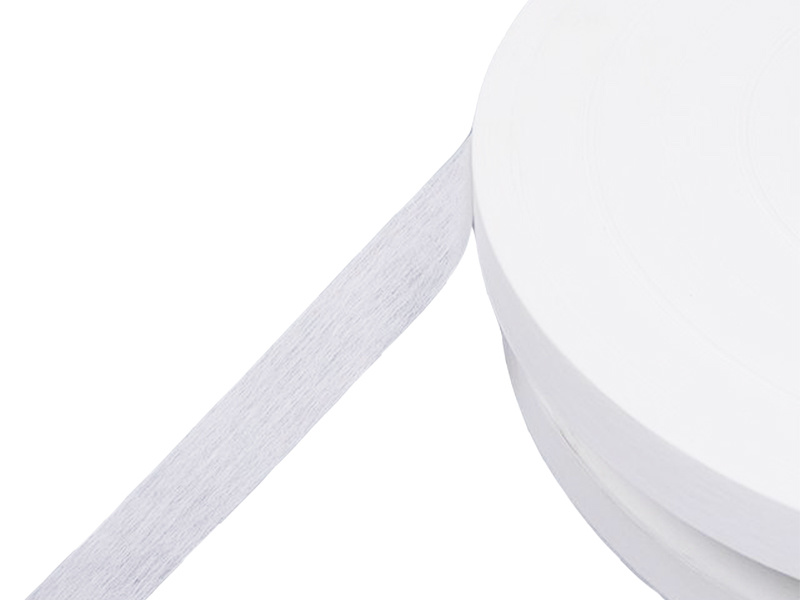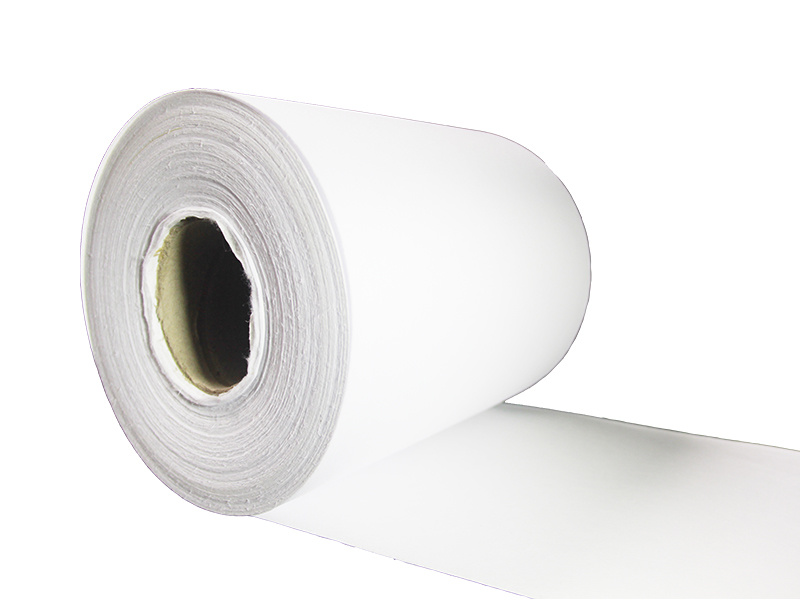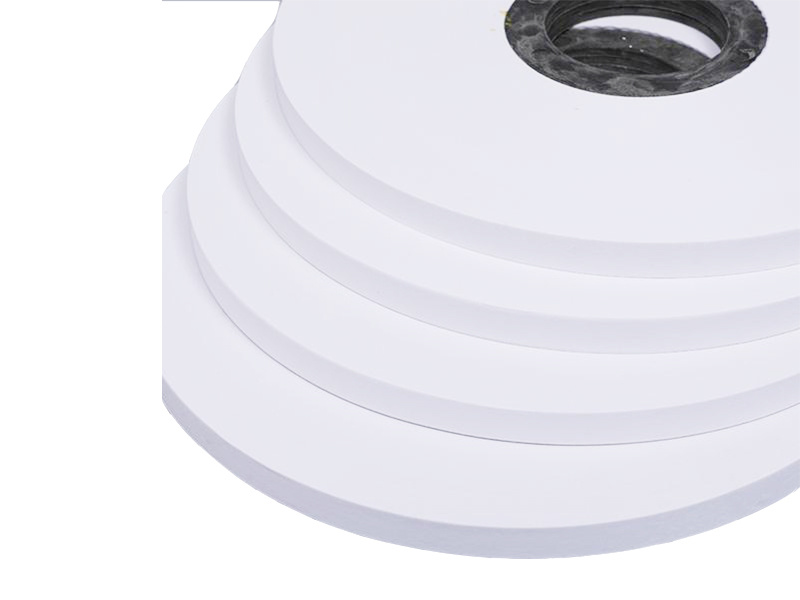Unlocking the Benefits of Adhesive Interlining Nonwoven in Textile Applications
Release time:
2025-06-15
Unlocking the Benefits of Adhesive Interlining Nonwoven in Textile Applications
Table of Contents
- 1. Introduction to Adhesive Interlining Nonwoven
- 2. What is Nonwoven Fabric?
- 3. Types of Nonwoven Fabrics
- 4. Understanding Adhesive Interlining Nonwoven
- 5. Key Benefits of Adhesive Interlining Nonwoven
- 6. Applications of Adhesive Interlining Nonwoven in the Textile Industry
- 7. How to Choose the Right Adhesive Interlining Nonwoven
- 8. The Future of Adhesive Interlining Nonwoven in Textiles
- 9. Frequently Asked Questions
- 10. Conclusion
1. Introduction to Adhesive Interlining Nonwoven
In the evolving landscape of textiles, **adhesive interlining nonwoven** materials have emerged as a pivotal component in enhancing fabric performance and durability. Designed to improve the structure and longevity of garments, these nonwoven fabrics offer unmatched versatility and efficiency in various textile applications. This article delves into the multifaceted advantages of adhesive interlining nonwoven, its applications in the textile industry, and the future potential it holds.
2. What is Nonwoven Fabric?
Nonwoven fabric is a versatile textile material created by bonding fibers together through mechanical, thermal, or chemical processes. Unlike traditional woven or knitted fabrics, nonwoven materials are not produced by interlacing yarns. Instead, they are engineered to achieve specific properties, making them ideal for a variety of applications.
Characteristics of Nonwoven Fabrics
Nonwoven fabrics exhibit several key characteristics:
- **Lightweight**: Nonwoven materials are typically lighter than woven textiles, making them suitable for applications requiring minimal bulk.
- **Durability**: The bonding technique enhances longevity, allowing nonwoven fabrics to withstand wear and tear.
- **Breathability**: Many nonwoven fabrics are breathable, promoting comfort in garments.
- **Cost-Effectiveness**: Nonwoven materials can be produced more efficiently, often resulting in lower costs for manufacturers.
3. Types of Nonwoven Fabrics
There are several types of nonwoven fabrics, each with unique properties and applications.
1. Spunbond Nonwoven
Spunbond nonwoven fabrics are made from continuous filaments and are known for their strength and durability. They are commonly used in applications like hygiene products and medical textiles.
2. Meltblown Nonwoven
Meltblown nonwoven fabrics consist of microfibers and are ideal for filtration applications due to their fine pore structure. They are often used in masks and air filters.
3. Needlepunch Nonwoven
Needlepunch nonwoven fabrics are created by mechanically entangling fibers through a needle-punching process. They are robust and typically used for carpets, geotextiles, and automotive interiors.
4. Understanding Adhesive Interlining Nonwoven
Adhesive interlining nonwoven is a specialized type of nonwoven fabric that features an adhesive layer, enabling it to bond seamlessly with other fabrics. This binding process enhances the fabric's structure and provides added support, making it particularly useful in garment manufacturing.
Composition of Adhesive Interlining Nonwoven
The construction of adhesive interlining nonwoven typically involves:
- **Base Layer**: Composed of nonwoven fibers, providing strength and stability.
- **Adhesive Coating**: A layer of adhesive, often thermoplastic, that activates upon heat application, allowing for easy bonding with the primary fabric.
5. Key Benefits of Adhesive Interlining Nonwoven
Adhesive interlining nonwoven offers numerous advantages that significantly enhance textile applications.
1. Enhanced Fabric Structure
Adhesive interlining nonwoven provides excellent support and structure to garments, ensuring they maintain their shape even after multiple washes.
2. Improved Durability
By reinforcing the primary fabric, adhesive interlining nonwoven increases the overall durability of the garment, extending its lifespan.
3. Versatile Applications
This type of nonwoven can be used in a variety of textile applications, including shirts, jackets, and tailored garments, making it a versatile choice for designers and manufacturers.
4. Ease of Use
The application of adhesive interlining nonwoven is straightforward, requiring minimal equipment and reducing the manufacturing time.
5. Cost Efficiency
Incorporating adhesive interlining nonwoven can lead to cost savings in production by reducing the need for additional materials and labor.
6. Applications of Adhesive Interlining Nonwoven in the Textile Industry
The versatility of adhesive interlining nonwoven extends across various sectors within the textile industry.
1. Garment Manufacturing
In garment production, adhesive interlining nonwoven is used to stabilize collars, cuffs, and plackets, providing the necessary structure and enhancing the overall appearance of the finished product.
2. Home Textiles
For home textiles, including curtains and upholstery, adhesive interlining nonwoven adds weight and drape, improving aesthetic appeal while maintaining functionality.
3. Medical Textiles
In the medical sector, adhesive interlining nonwoven is utilized in the production of surgical gowns and masks, where durability and protection are paramount.
4. Automotive Textiles
Adhesive interlining nonwoven plays a crucial role in automotive textiles, reinforcing fabric in seats and interiors, thus enhancing comfort and durability.
7. How to Choose the Right Adhesive Interlining Nonwoven
Selecting the appropriate adhesive interlining nonwoven is critical for achieving desired results in textile applications. Consider the following factors:
1. Fabric Type
Choose adhesive interlining that complements the primary fabric, ensuring compatibility in terms of weight, texture, and stretch.
2. Adhesive Properties
Evaluate the adhesive properties, including heat activation temperature and bonding strength, to ensure optimal performance in the intended application.
3. Application Method
Consider the method of application, whether it be fusible or non-fusible, and select a product that aligns with your manufacturing processes.
8. The Future of Adhesive Interlining Nonwoven in Textiles
The future of adhesive interlining nonwoven in the textile industry looks promising, with ongoing advancements in technology and material science. Innovations in eco-friendly adhesives and sustainable production methods are paving the way for a more sustainable textile industry. As consumer demand for sustainable products rises, manufacturers are increasingly focusing on developing nonwoven fabrics that are biodegradable and environmentally friendly.
9. Frequently Asked Questions
1. What is adhesive interlining nonwoven used for?
Adhesive interlining nonwoven is primarily used to provide structure and support in garments, improving durability and appearance.
2. How is adhesive interlining applied?
Adhesive interlining is typically applied using heat, which activates the adhesive and bonds it to the primary fabric.
3. What are the advantages of using adhesive interlining in textiles?
The advantages include enhanced fabric structure, improved durability, cost efficiency, and versatility in applications across various textile sectors.
4. Can adhesive interlining nonwoven be washed?
Yes, adhesive interlining nonwoven is designed to withstand regular washing, maintaining its bonding strength and structural integrity.
5. Are there eco-friendly options for adhesive interlining nonwoven?
Yes, many manufacturers are now offering eco-friendly adhesive interlining options made from biodegradable materials.
10. Conclusion
Adhesive interlining nonwoven is revolutionizing the textile industry by providing innovative solutions that enhance fabric performance, durability, and aesthetics. As the demand for high-quality and sustainable textile products continues to grow, the role of adhesive interlining nonwoven is expected to expand further. By understanding its benefits and applications, manufacturers can leverage this technology to create superior textile products that meet the evolving needs of consumers.
Adhesive Interlining Nonwoven
Previous Page
Previous Page
Latest News
Nantong Rainbow Technology Co., Ltd.
Telephone:+86-13587673537
E-mail:chrislc717@163.com
Address: Group 42, Xizansi Village, Xiting Town, Tongzhou District, Nantong City, Jiangsu Province

Copyright©2024 Nantong Rainbow Technology Co., Ltd. | Powered by www.300.cn
Copyright©2024 Nantong Rainbow Technology Co., Ltd.
Powered by www.300.cn





